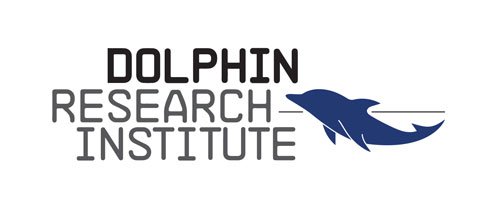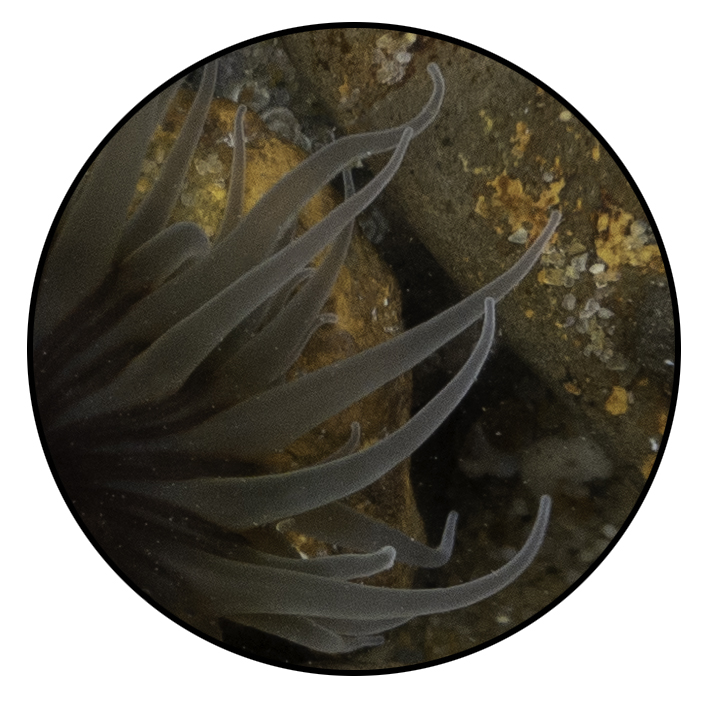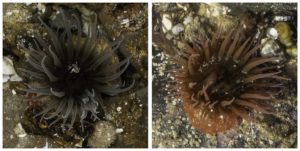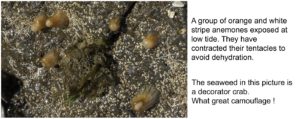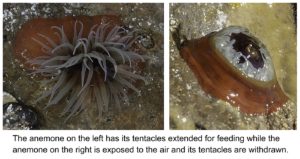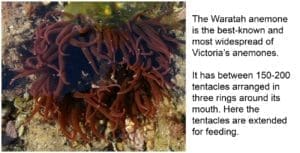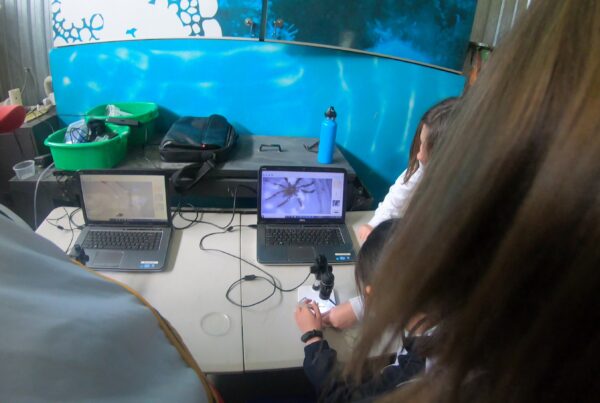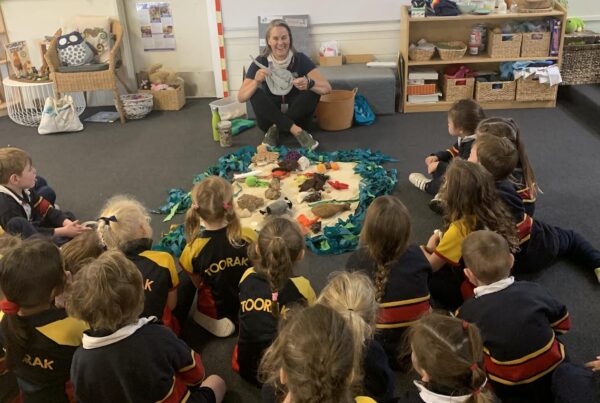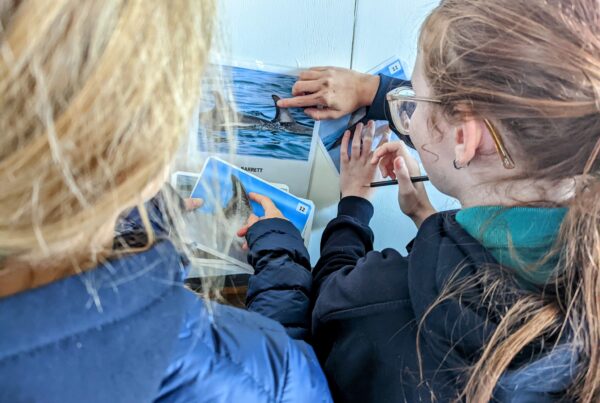Did you guess correctly? That is right it is a sea anemone!! These animals are common to the rock pools and intertidal areas of the Victorian coastline. It is a relative of the sea jelly and coral.
Anemones have a simple body plan lacking many of the systems that we assume all animals possess. There is no blood, heart, gills, stomach, intestines or brain. An anemone has a column-shaped body with a foot used to attach to objects at one end and its mouth surrounded by ring(s) of tentacles at the other.
It is their tentacles that catch your eye when looking in rock pools. Some anemones are clearly visible attached to rocks, others only have their tentacles emerging from the sand. There will be others out of sight under rocks, staying out of the drying sun and wind. When exposed by a falling tide, anemones will retract their tentacles and mouth, appearing a shiny coloured sphere on the rock. This helps to prevent dehydration.
Some anemones are stationary, never moving, others slowly move about on their foot, others let go with their foot and tumble to a new location propelled by the currents. Swimming anemones as the name implies drift with the currents unattached to anything.
Anemones are predators, feeding on plankton, fish, crabs, sea stars and sea slugs. An anemone uses its tentacles to catch its food. When a fish bumps into an anemone’s tentacles it triggers special cells called a nematocyst which explosively ejects a needle which punctures the fish’s skin and delivers a paralysing toxin. Many nematocysts will fire into the fish. The tentacles contract, moving the paralysed fish into the mouth and then into the anemone’s central cavity where it is digested. Any undigested matter or wastes are spat out through the mouth.
The red Waratah anemone can reproduce both sexually and asexually. Sexual reproduction results in larvae that join the plankton community and eventually settling on rocks away from their parents. Asexual reproduction produces broods of juveniles which remain inside the central cavity of the parent until they are well developed, at which time they are spat out of the mouth. The juveniles attach to the nearest rock surface, usually close to the parent, creating the cluster of related anemones.
The video below shows a microscope view of a small anemone, Cricophorus nutrix, extending its tentacles. It was taken by a student during an ‘i sea i care’ Ambassador activity. This anemone is common to seagrass meadows and uses its foot to hang on to the blades of seagrass. It is less than 2 centimetres tall with around 100 tentacles.
If you would like to learn more about anemones and the huge diversity of life that can be found in the shallows along our shorelines please contact Education Director Mandy Robertson on education@dolphinresearch.org.au
